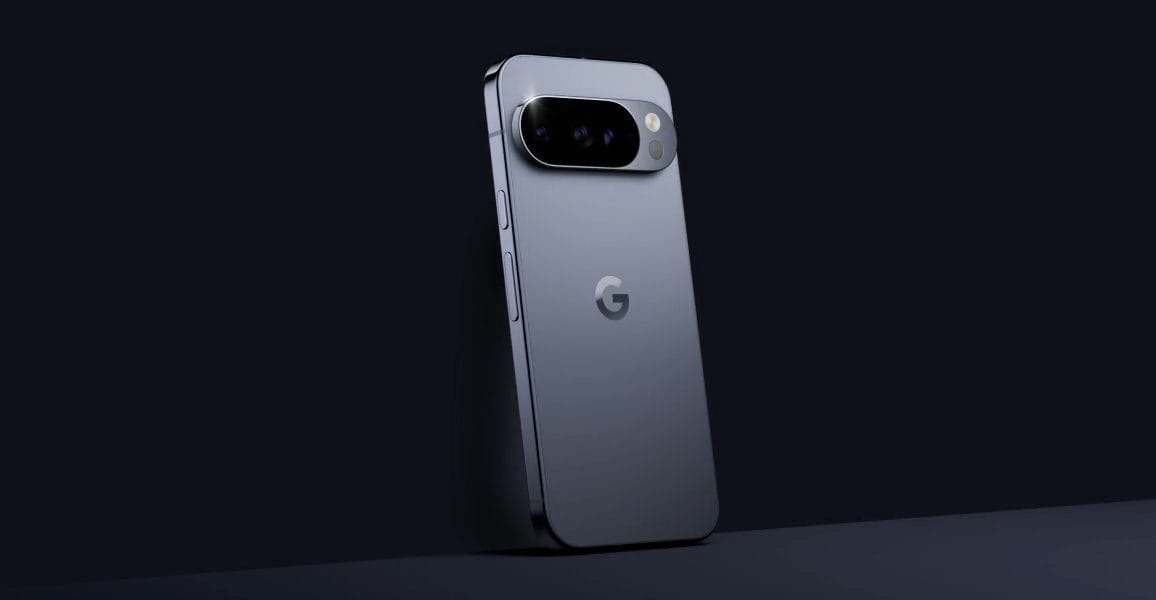
Seven years later people still haven t — Despite advancements in technology, a recent survey reveals that users have not significantly altered their interactions with Siri and other voice assistants since 2018..
Seven Years Later People Still Haven T
Despite advancements in technology, a recent survey reveals that users have not significantly altered their interactions with Siri and other voice assistants since 2018.
Introduction to Voice Assistants
Voice assistants have become an integral part of daily life for many users, providing convenience and efficiency in various tasks. Since Apple first introduced Siri in 2011, the landscape of voice technology has evolved, with numerous competitors entering the market, including Amazon’s Alexa, Google Assistant, and Microsoft’s Cortana. These tools have been designed to streamline user experiences through voice commands, yet a new survey indicates that the way people utilize these assistants has largely remained unchanged over the past seven years.
Survey Findings: A Snapshot of Usage
The recent survey, conducted by tech research firm Voicebot.ai, highlights that the majority of users engage with Siri and other voice assistants in five primary categories. These categories reflect fundamental tasks that have not significantly evolved since 2018:
- Setting Reminders and Alarms: Users frequently rely on voice assistants to manage their schedules by setting reminders, alarms, and timers.
- Making Phone Calls: Initiating phone calls through voice commands remains a popular use case, particularly for those on the go.
- Playing Music: Many users utilize voice assistants to control music playback, whether it be through streaming services or local libraries.
- Weather Updates: Checking the weather is a common request, with users often asking for current conditions or forecasts.
- Basic Information Queries: Users frequently ask voice assistants simple questions, ranging from trivia to navigation assistance.
Generational Differences in Usage
While the overall usage patterns have remained stable, the survey did reveal some generational differences. Younger users, particularly those in the Gen Z demographic, tend to engage with voice assistants in more diverse ways compared to older generations. For instance, younger users are more likely to use voice commands for smart home integrations, such as controlling lights and thermostats, reflecting a growing trend towards home automation.
Technological Advancements vs. User Behavior
Despite the introduction of new features and capabilities in Siri and other voice assistants, the fundamental ways in which people interact with these technologies have not shifted significantly. Apple has made several updates to Siri since its launch, including improved natural language processing, enhanced contextual understanding, and expanded third-party integrations. However, these advancements have not translated into a noticeable change in user behavior.
Impact of User Expectations
One reason for this stagnation may be user expectations. Many individuals have become accustomed to a specific set of functionalities that voice assistants provide. As a result, they may not feel the need to explore the broader capabilities available to them. This phenomenon raises questions about whether the technology has kept pace with user needs or if users have simply settled into a comfort zone with their existing interactions.
Implications for Developers and Companies
The findings of this survey carry significant implications for developers and companies involved in voice technology. Understanding user behavior is crucial for driving innovation and creating features that resonate with consumers. Companies must consider the following:
- Focus on User-Centric Design: Developers should prioritize user-friendly interfaces that cater to the most common tasks, ensuring that the technology is accessible and intuitive.
- Enhance Marketing Strategies: Educating users about new features may be necessary to encourage exploration beyond basic functionalities.
- Adopt a Holistic Approach: Companies should consider integrating voice assistants with other technologies, such as AI and machine learning, to create a more cohesive user experience.
Future Directions for Voice Assistants
Looking ahead, the future of voice assistants will likely hinge on the ability to adapt to evolving user needs. As technology continues to advance, companies must remain vigilant in understanding the changing landscape of user behavior. This includes:
- Continuous Improvement: Regular updates and improvements to voice recognition and processing capabilities will be essential to meet user expectations.
- Integration with Emerging Technologies: As smart home devices and IoT technology become more prevalent, voice assistants must seamlessly integrate with these systems to enhance user experience.
- Personalization: Tailoring responses and functionalities to individual user preferences can lead to deeper engagement and satisfaction.
Conclusion
As we reflect on the past seven years since the launch of Siri, it is evident that while technological advancements have occurred, user engagement with voice assistants has largely remained static. With the majority of interactions falling into basic categories, there is an opportunity for developers to rethink how they approach user experience. By focusing on user-centric design and educating consumers about the full capabilities of voice technology, companies can potentially reshape the way users interact with their devices in the years to come.
Source: Original reporting
Further reading: related insights.
Was this helpful?
Last Modified: August 20, 2025 at 4:49 pm
1 views















